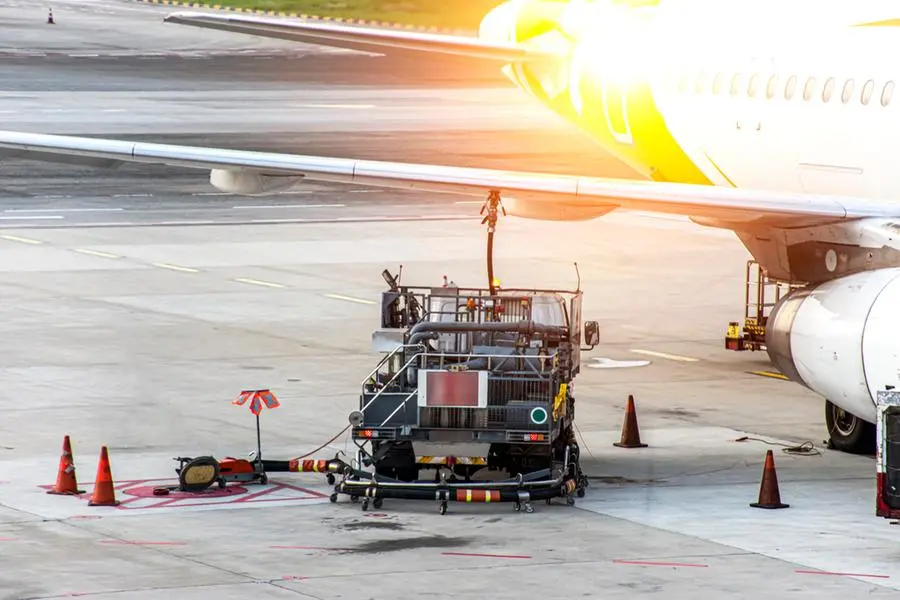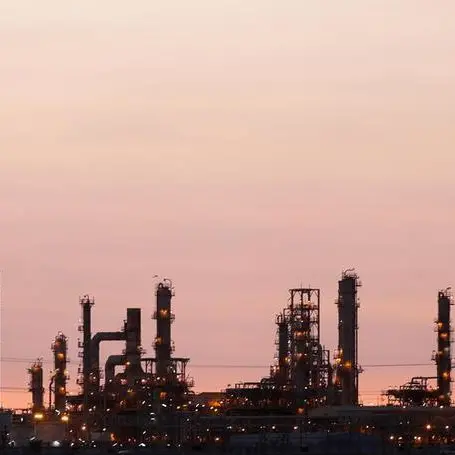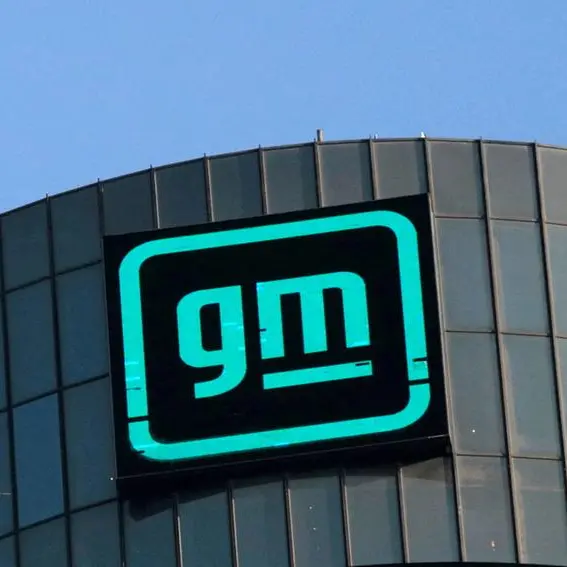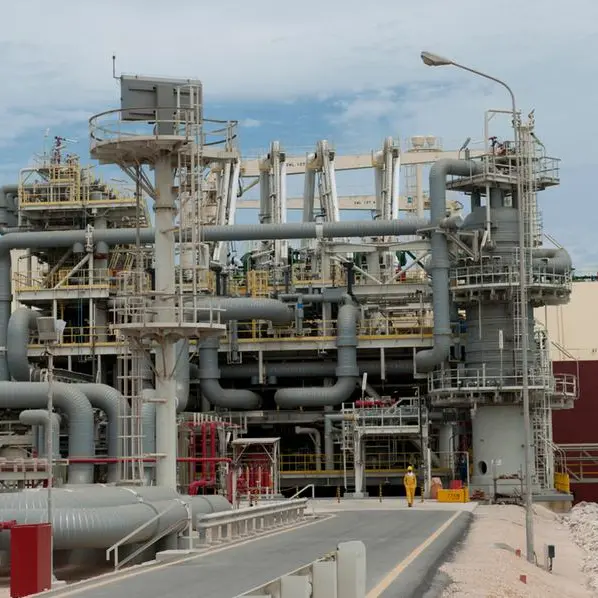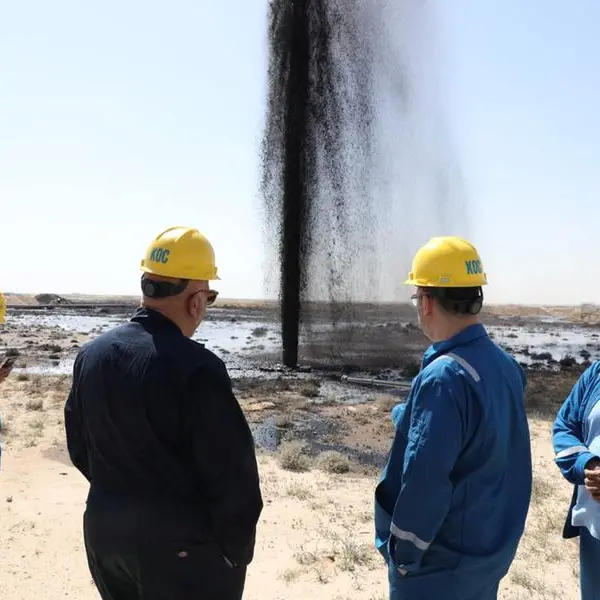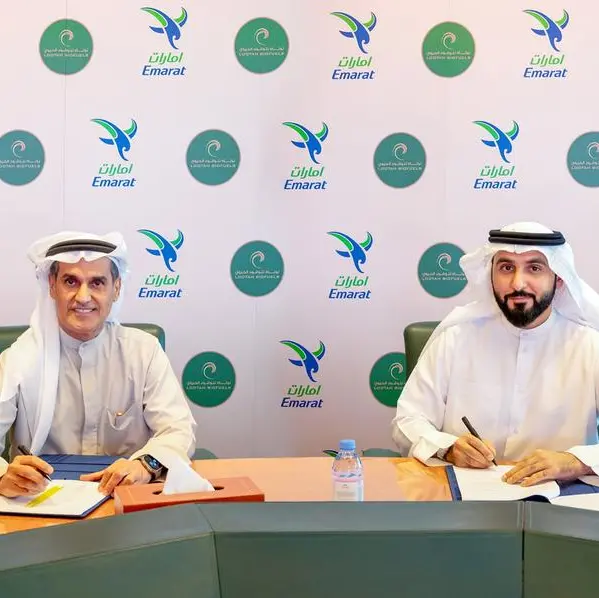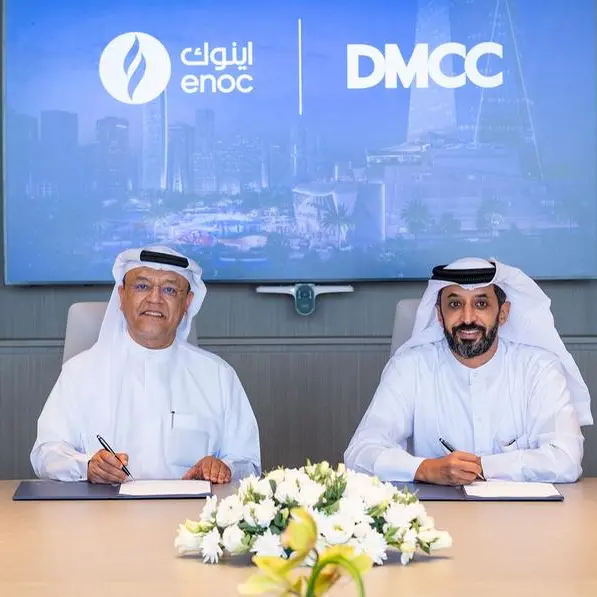PHOTO
GENEVA: The International Air Transport Association (IATA) announced estimates for Sustainable Aviation Fuel (SAF) production, expecting SAF production in 2024 to triple to 1.875 billion litres (1.5Mt), accounting for 0.53 percent of aviation’s fuel need, and 6 percent of renewable fuel capacity.
In 2023, SAF volumes reached over 600 million litres (0.5Mt), double the 300 million litres (0.25 Mt) produced in 2022. SAF accounted for 3 percent of all renewable fuels produced, with 97 percent of renewable fuel production going to other sectors.
In 2024 SAF production is expected to triple to 1.875 billion litres (1.5Mt), accounting for 0.53 percent of aviation’s fuel need, and 6 percent of renewable fuel capacity. The small percentage of SAF output as a proportion of overall renewable fuel is primarily due to the new capacity coming online in 2023 being allocated to other renewable fuels.
“The doubling of SAF production in 2023 was encouraging as is the expected tripling of production expected in 2024. But even with that impressive growth, SAF as a portion of all renewable fuel production will only grow from 3 percent this year to 6 percent in 2024. This allocation limits SAF supply and keeps prices high. Aviation needs between 25 percent and 30 percent of renewable fuel production capacity for SAF. At those levels, aviation will be on the trajectory needed to reach net-zero carbon emissions by 2050. Until such levels are reached, we will continue missing huge opportunities to advance aviation’s decarbonisation. It is government policy that will make the difference. Governments must prioritise policies to incentivise the scaling-up of SAF production and to diversify feedstocks with those available locally,” said Willie Walsh, IATA’s Director General.
The Third Conference on Aviation Alternative Fuels (CAAF/3) hosted by the International Civil Aviation Organisation (ICAO) agreed a global framework to promote SAF production in all geographies for fuels used in international aviation to be 5 percent less carbon intensive by 2030. To reach this level, about 17.5 billion litres (14Mt) of SAF need to be produced.
“Governments want aviation to be net zero by 2050. Having set an interim target in the CAAF process they now need to deliver policy measures that can achieve the needed exponential increase in SAF production,” said Walsh.
Demand is not the issue: Every drop of SAF produced has been bought and used. In fact, SAF added $756 million to a record-high fuel bill in 2023. At least 43 airlines have already committed to using some 16.25 billion litres (13Mt) of SAF in 2030, with more agreements being announced regularly.
Unlocking supply to meet demand is the challenge that needs to be solved: Projections are for over 78 billion litres (63Mt) of renewable fuels to be produced in 2029. Governments must set a policy framework that incentivises renewable fuel producers to allocate 25-30 percent of their output to SAF to meet the CAAF/3 ambition, existing regional and national policies as well as airline commitments.
Effective production incentives for SAF should support the following objectives: Accelerating investments in SAF by traditional oil companies; Ensuring renewable fuel production incentives encourage sufficient SAF quantities; Focusing stakeholders on regional diversification of feedstock and SAF production; Identifying and prioritising high-potential production projects for investment support; and Delivering a global SAF Accounting Framework.
Approximately 85 percent of SAF facilities coming online over the next five years will use Hydrotreatment (HEFA) production technology, which relies on inedible animal fats (tallow), used cooking oil and industrial grease as feedstock.
